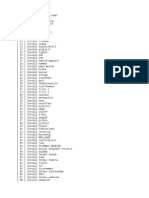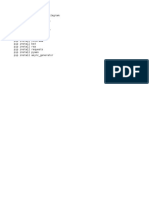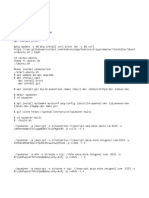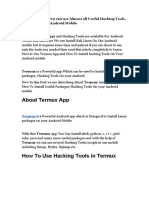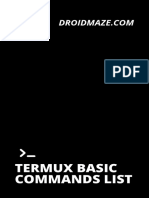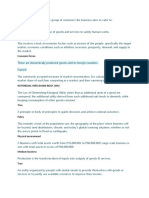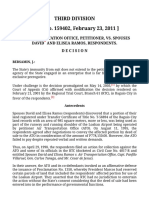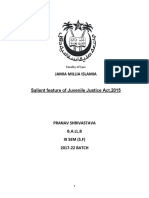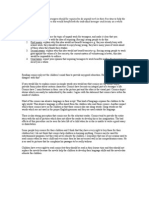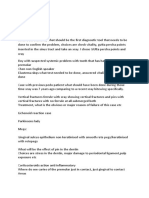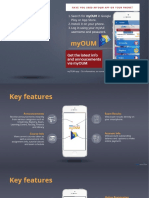0% found this document useful (0 votes)
1K views4 pagesTermux Command Cheat Sheet
The document provides a comprehensive guide on using Termux commands for file and directory management, navigation, copying, moving, and listing files. It also includes various useful commands for system information, package management, and network configuration. Additionally, it lists common programs that can be installed in Termux along with their installation commands.
Uploaded by
faggotkillaCopyright
© © All Rights Reserved
We take content rights seriously. If you suspect this is your content, claim it here.
Available Formats
Download as RTF, PDF, TXT or read online on Scribd
0% found this document useful (0 votes)
1K views4 pagesTermux Command Cheat Sheet
The document provides a comprehensive guide on using Termux commands for file and directory management, navigation, copying, moving, and listing files. It also includes various useful commands for system information, package management, and network configuration. Additionally, it lists common programs that can be installed in Termux along with their installation commands.
Uploaded by
faggotkillaCopyright
© © All Rights Reserved
We take content rights seriously. If you suspect this is your content, claim it here.
Available Formats
Download as RTF, PDF, TXT or read online on Scribd
/ 4


















